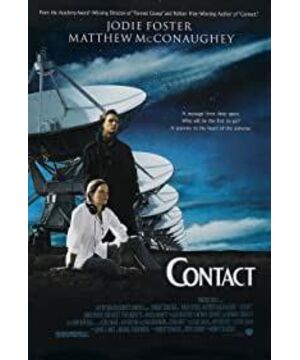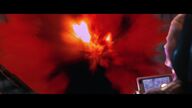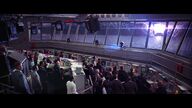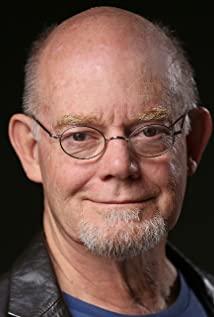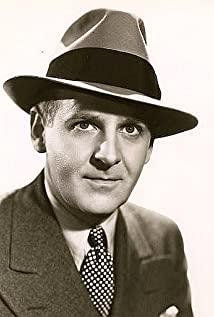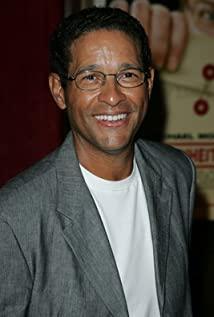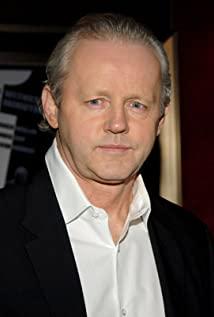Unlike other unreliable Hubian science fiction, this film's understanding of interstellar travel is exactly the same as that of physicists at that time on theoretical physics.
Sagan's novel was successfully published, but Thorne's thinking about wormhole did not end. Three years later, Thorne and his student Mike Morris published a paper in the American Journal of Physics entitled "The Wormhole in Time and Space and Its Use in Interstellar Travel", thus creating an understanding of the so-called "traversable wormhole" ( traversable wormhole) [Note 1] A precedent for research. As a teaching journal, American Journal of Physics is also fortunate to have left a memorable mark in the creation of a new research field.
Morris and Thorne's article has a foundational significance in the study of wormhole, but the term wormhole is not the invention of the two of them. As early as 1957, CW Misner and JA Wheeler proposed this term in an article. The topic discussed in that article is so-called "Geometrodynamics"-a theory that attempts to geometrical physics. The "geometric dynamics" of Misner and Wheeler did not go very far later, but the concept of wormhole they proposed in the article has been completely developed after thirty-one years, and has become a theme of interstellar travel. The standard vocabulary in his science fiction novels can be said to be "intentionally planting flowers but not blooming, unintentionally planting willows and willows".
View more about Contact reviews


